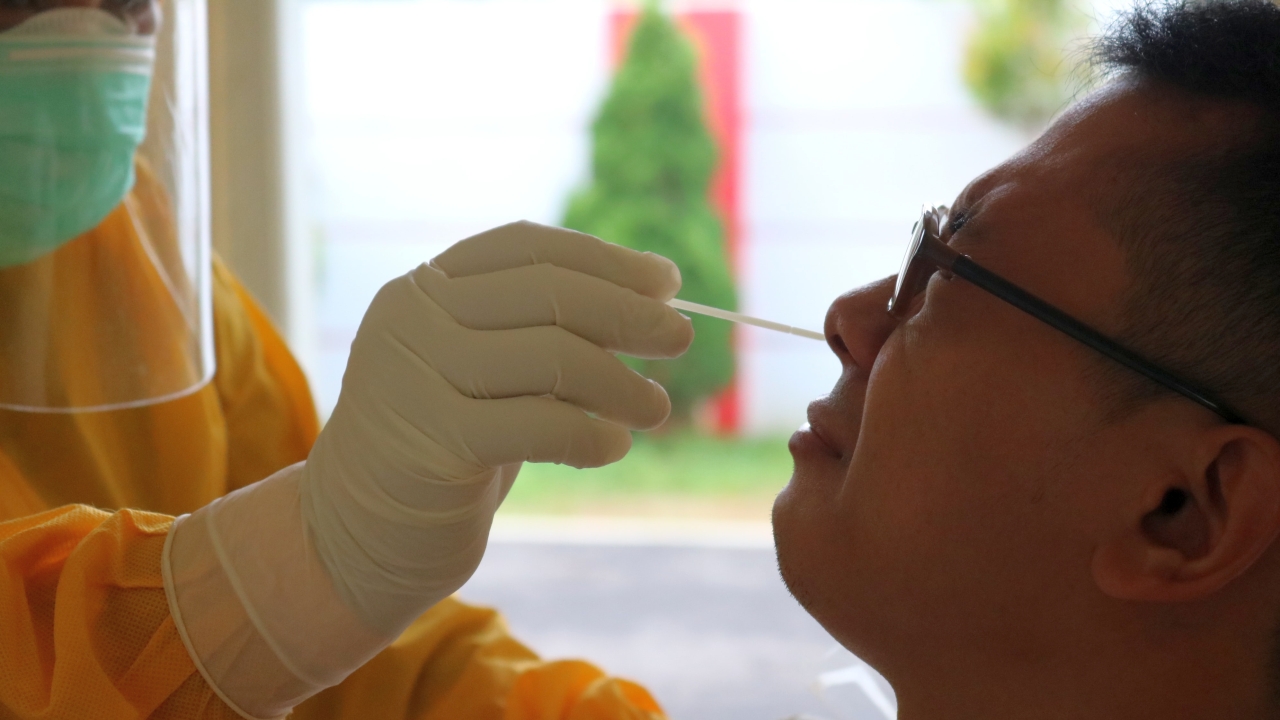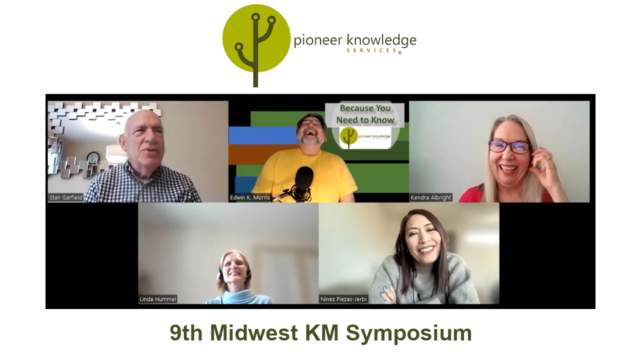COVID-19 prompts action to bridge America’s digital divide
Observing from afar in Australia, I’ve been quite surprised that the United States government hasn’t adopted much stronger measures to deal with the worsening COVID-19 crisis in the country. For example, why haven’t more strict lockdowns been implemented? These have proven to be very effective1 at controlling the spread of the coronavirus here and in a number of other countries.
From posts and comments on social media, many of my friends and colleagues hold similar views. Indeed, public opinion research2 from the United States Studies Centre found that Australians are much more supportive of lockdowns, with two-thirds saying that the measures are “about right,” whereas just 36% of Americans say the same.
However, as we’ve previously alerted3 in RealKM Magazine, COVID-19 is a wicked problem for policy makers as the complexity of the pandemic transcends health, environment, social, and economic boundaries. Further, we’ve also alerted4 that polarised debates can be the result of rational deliberation by rational people.
Sure enough, if we start to explore the social complexity of lockdown measures, we can begin to understand why there are large differences in the level of support for this approach between the United States and Australia.
Research5 conducted by BroadbandNow reveals that approximately 13% of Americans don’t have a reliable internet connection. While the overall “digital divide” statistic for Australia is almost identical, with Australian Bureau of Statistics (ABS) household technology use data6 showing that 14% of Australians don’t have an internet connection at home, the difference in rural areas is much larger.
A Pew Research study7 found that 37% of rural Americans have no internet connection at home, whereas the ABS household technology use data shows that 23% of those in remote or very remote parts of Australia don’t have an internet connection at home. Further, around 20% of the population of the United States lives in what is defined as rural America8, whereas just 2.3% of the population of Australia lives in what is defined as remote or very remote Australia9.
On top of this, the ABS household technology use data shows that for Australia households with children aged under 15 years, 97% had access to the internet. This suggests that Australians who need access to the internet can arrange that access, but as the Freethink video above shows, this isn’t the case for many Americans. When people who can’t access the internet even if they want to are forced into lockdown, then working or attending school remotely from home becomes a serious challenge, if not impossible. So it’s no wonder that many would oppose the lockdown approach.
However, as the Freethink video and accompanying article show, COVID-19 has kickstarted initiatives to bridge this digital divide.
Video and article source: With thanks to Freethink.
References:
- Ducket, S. & Crowley, T. (2020). Finally at zero new cases, Victoria is on top of the world after unprecedented lockdown effort. The Conversation. ↩
- United States Studies Centre (2020). Fear, loathing and COVID-19: America and Australia compared. ↩
- Sahin, O., Salim, H., Suprun, E., Richards, R., MacAskill, S., Heilgeist, S., … & Beal, C. D. (2020). Developing a Preliminary Causal Loop Diagram for Understanding the Wicked Complexity of the COVID-19 Pandemic. Systems, 8(2), 20. ↩
- Singer, D. J., Bramson, A., Grim, P., Holman, B., Jung, J., Kovaka, K., … & Berger, W. J. (2019). Rational social and political polarization. Philosophical Studies, 176(9), 2243-2267. ↩
- Busby, J. & Tanberk, J. (2020). FCC Reports Broadband Unavailable to 21.3 Million Americans, BroadbandNow Study Indicates 42 Million Do Not Have Access. BroadbandNow Research. ↩
- ABS (2018). Household use of information technology. Australian Bureau of Statistics (ABS). ↩
- Perrin, A. (2019). Digital gap between rural and nonrural America persists. Pew Research. ↩
- United States Census Bureau (2017). What is Rural America? One in Five Americans Live in Rural Areas. ↩
- ABS (2008). Population Distribution. Australian Bureau of Statistics (ABS). ↩
Also published on Medium.






